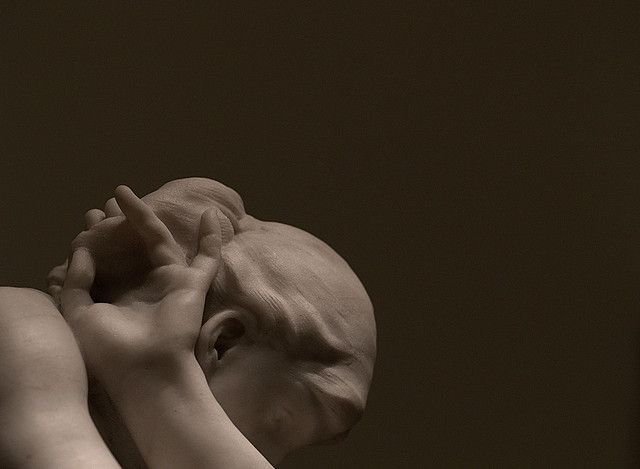Left-Handed People Are Born More In Winter Months, But Does It Yield A Direct Effect?

One of the great, if inane, puzzles standing in front of researchers today is why certain people are left-handed and others are right-handed. More to the point, why are 90 percent of people right-handed, while a paltry tenth of the population are lefties. One growing theory, which may have some added salience with a recent study, involves the season in which lefties are born.
Something to consider in mulling over the puzzle: In just about every sport that involves handedness (think baseball, boxing, and hockey over football or golf), lefties are overrepresented relative to the rest of the population. In major league baseball, for instance, the 90:10 ratio scientists find in the civilian world shrinks to 75:25. The logic is simple from an observational point of view. Left-handers are so unique, the average right-handed player hasn’t had much practice against them, so they suffer — even if the books say they’re lesser players.
While simple, this logic doesn’t explain why the handedness gulf is so vast among the general population. The latest study subscribes to a theory that relies on a cascade of events, dealing with daylight’s effect on testosterone levels and the hormone’s secretion in the fetus during embryonic development. Since its inception in 1985, the theory has come to be known as the Geschwind–Galaburda hypothesis, a namesake for the two biologists who developed it.
Nearly 30 years later, researchers from the University of Vienna wanted to put it to the ultimate test. They collected data from 13,000 Austrians and Germans regarding their handedness, birth month, age, and gender. Overall, the months most likely to represent left-handedness were November through January. From February to October, the lefty rate hovered around 8.2 percent. Between the other three months, it shot up to 10.5 percent — a surefire sign the hypothesis had merit.
"Presumably, the relative darkness during the period November to January is not directly connected to this birth seasonality of handedness,” said lead author Ulrich Tran in a statement. “We assume that the relative brightness during the period May to July, half a year before, is its distal cause.”
Here Tran relies on a number of assumptions. The first is that testosterone levels increase in the presence of daylight, via vitamin D. This has been confirmed. The next is that a mother’s testosterone levels influence the levels of the fetus she’s carrying — also confirmed. Where the science breaks down is in the third step, where the hypothesis comes in. It says greater intrauterine testosterone levels cause a delay in maturation in the left side of the brain, which, if brain lateralization holds true, means a person’s right hand would become the non-dominant hand. Thus, a lefty is born.
The effect Tran and his colleagues observed occurred only in men. Women weren’t overrepresented from November through January. The researchers chalked this up to male brains coming stock with a greater supply of testosterone than female brains from the start. Though compelling, a lot of uncertainty remains. The study can’t make any direct claims about how seasonality affects birth, due to so many intermediary factors. All they know is a correlation exists. And until science gets a better hold on what’s going on in those tiny, developing brains, handedness will continue to be a mystery, and southpaws around the world will celebrate.
Source: Tran U, Stieger S, Voracek M. Latent variable analysis indicates that seasonal anisotropy accounts for the higher prevalence of left-handedness in men. Cortex. 2014.



























